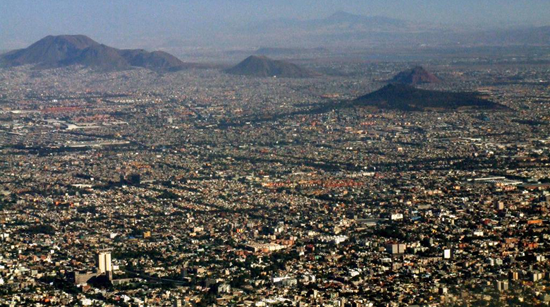
What Humans Are Really Doing to Our Planet, in 19 Jaw-Dropping Images
By Michael McCutcheon, .Mic, 4 May 2015.
By Michael McCutcheon, .Mic, 4 May 2015.
Last week, Pope Francis and church officials encouraged everyone to consume less and think more about our impact on the environment.
It's a timely warning because the next six months will be critical to our future.
Ahead of a series of major events later this year, The Foundation for Deep Ecology and the Population Media Centre released a collection that illustrates the devastating effects of out-of-control growth and waste, and it's breathtaking.
"This is an issue that people care about, and oftentimes it's just not discussed by mainstream media," Missie Thurston, director of marketing and communications at the Population Media Centre, told Mic.
It's difficult to always know the impacts of our daily choices, like the real effect of buying a bottled water or an extra TV or laptop. With 220,000 more people on the planet every day, and the average person generating over 4 pounds of waste a day - an almost 60% increase since 1960 - the impact of that growth and change in behaviour is rarely seen like this.
1. Electronic waste, from around the world, is shipped to Accra, Ghana, where locals break apart the electronics for minerals or burn them
2. Mexico City, Mexico, one of the most populous cities in the Western Hemisphere
3. New Delhi, India, where many landfills are reaching a breaking point. The surrounding population of Delhi totals some 25 million people.
4. Los Angeles, California, which is famous for sometimes having more cars than people
5. Kern River Oil Field, California, USA
6. Public lands depleted by industrial logging, Willamette National Forest, Oregon, USA
7. Coal power plant, United Kingdom
8. North East Land, Svalbard, Norway, where rising global temperatures are fundamentally changing the ecology
9. The world's largest diamond mine, Russia
10. Amazon jungle burns to make room for grazing cattle, Brazil
11. Tar sands and open pit mining in an area so vast, it can be seen from space - Alberta, Canada
12. Tires discarded in Nevada
13. Vancouver Island, Canada
14. Industrial agriculture in Almeria, Spain, stretches for miles
15. Tar sands, Alberta, Canada
16. A man turns away from the smell of the Yellow River in China
17. Bangladesh, where much of the world's clothing and goods are manufactured
18. Black Friday, Boise, Idaho
19. A remote bay in Java, Indonesia where local residents, without infrastructure for waste disposal, discard waste directly into streams and rivers
The rest of the year is going to be critical. In September, world leaders will try and agree on sustainable development goals that will take us through 2030. In December, in Paris, the United Nations will attempt to finally set binding limits on pollution. 2015 will dictate how we address our degrading planet over the next few decades.
The Population Media Centre and partners hope these photos will help generate awareness and action. Because as the word spreads, so does the will to make sure we never have to see images like these again.
Top image: Aerial view of Mexico City. Credit: Travis S./Flickr.



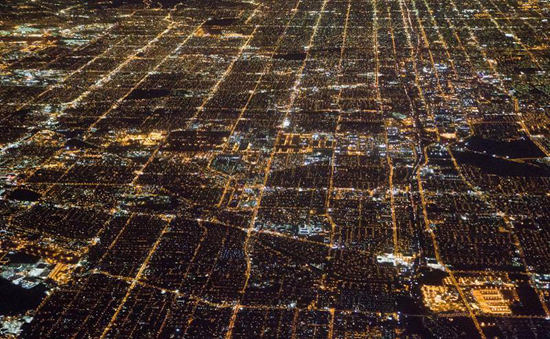

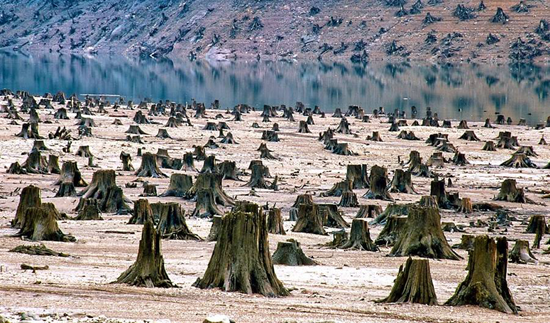






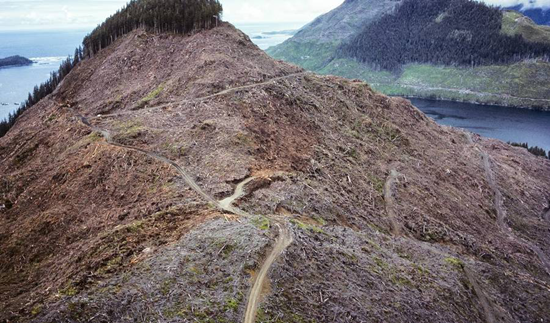

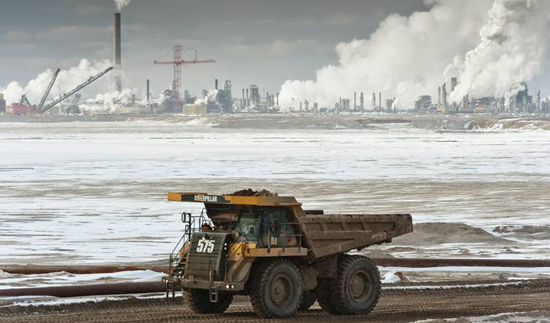




No comments:
Post a Comment
Please adhere to proper blog etiquette when posting your comments. This blog owner will exercise his absolution discretion in allowing or rejecting any comments that are deemed seditious, defamatory, libelous, racist, vulgar, insulting, and other remarks that exhibit similar characteristics. If you insist on using anonymous comments, please write your name or other IDs at the end of your message.